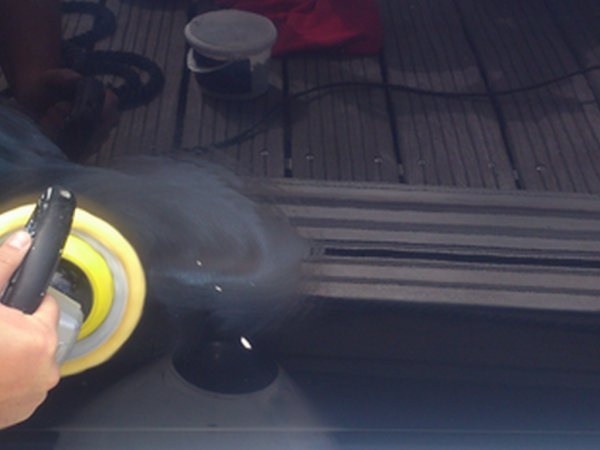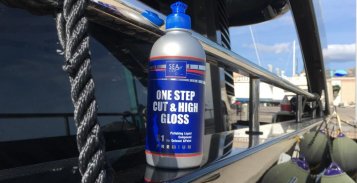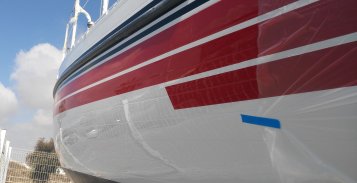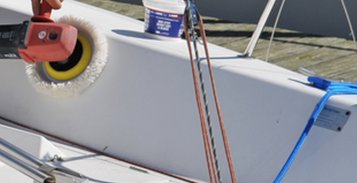
USE:
SURFACE:
EFECT:

LIGHT COLOR GELCOAT – POLISHING INSTRUCTION USE: Renewing the gelcoat surface of light color with mechanical damage and scratches that […]

DARK COLOR GELCOAT – POLISHING INSTRUCTION USE: Removal of discoloration, chalking gelcoat, dull Renewing any surface color which has a small […]

PAINT AND VARNISH – POLISHING INSTRUCTION USE: Renewing any paint or varnish color which has small mechanical damages Yellowing and […]

RENEWING THE SURFACE WITHOUT GRINDING – POLISHING INSTRUCTION USE: Renewal of any color with small mechanical damages and small scratches […]
There is a possibility of thinning antifouling, but we do not recommend this procedure due to the risk of reducing the effectiveness of the paint. If it is necessary to thin the antifouling paint, it is recommended to dilute it to a maximum of 0-5% (by volume).
No, polyurethane is a 2-component paint (base + hardener) and after applying 2-component paint to 1-component paint, the proper adhesion of the paint to the surface will not be maintained, the paint will begin to wrinkle and surface defects will appear.

Para rellenar cavidades y hacer frente a las desigualdades causadas por daños o durante el curso de la producción

Barcos de superficie de impacto de las actividades de ósmosis y la corrosión destructiva en ambientes hostiles

Protección contra el agua y contra los efectos negativos de los rayos UV

Proteger la parte inferior de la embarcación antes de las incrustaciones de algas y conchas. Protección contra el agua

Eliminación efectiva de arañazos, color refrescante y gelcoat brillo o pintura

Preparaciones especializados para la limpieza y restauración efectiva

Laminación, encolado y relleno de fisuras en gelcoat

Una serie de productos útiles durante el constructor de barcos de trabajo